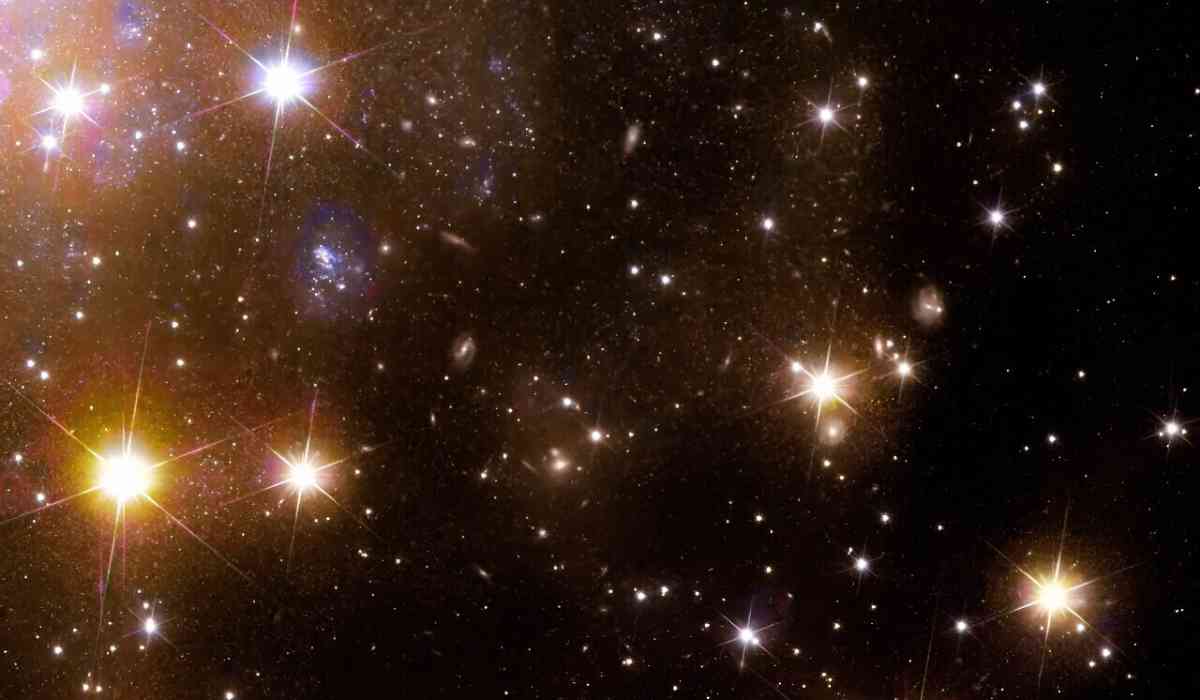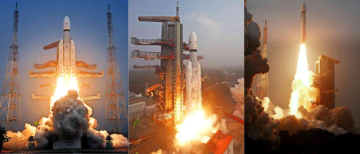In the vast expanse of space, the European Euclid telescope is poised to embark on a monumental quest, seeking answers to the enigmatic forces shaping the cosmos. With breathtaking imagery, this space observatory demonstrates its exceptional capabilities.
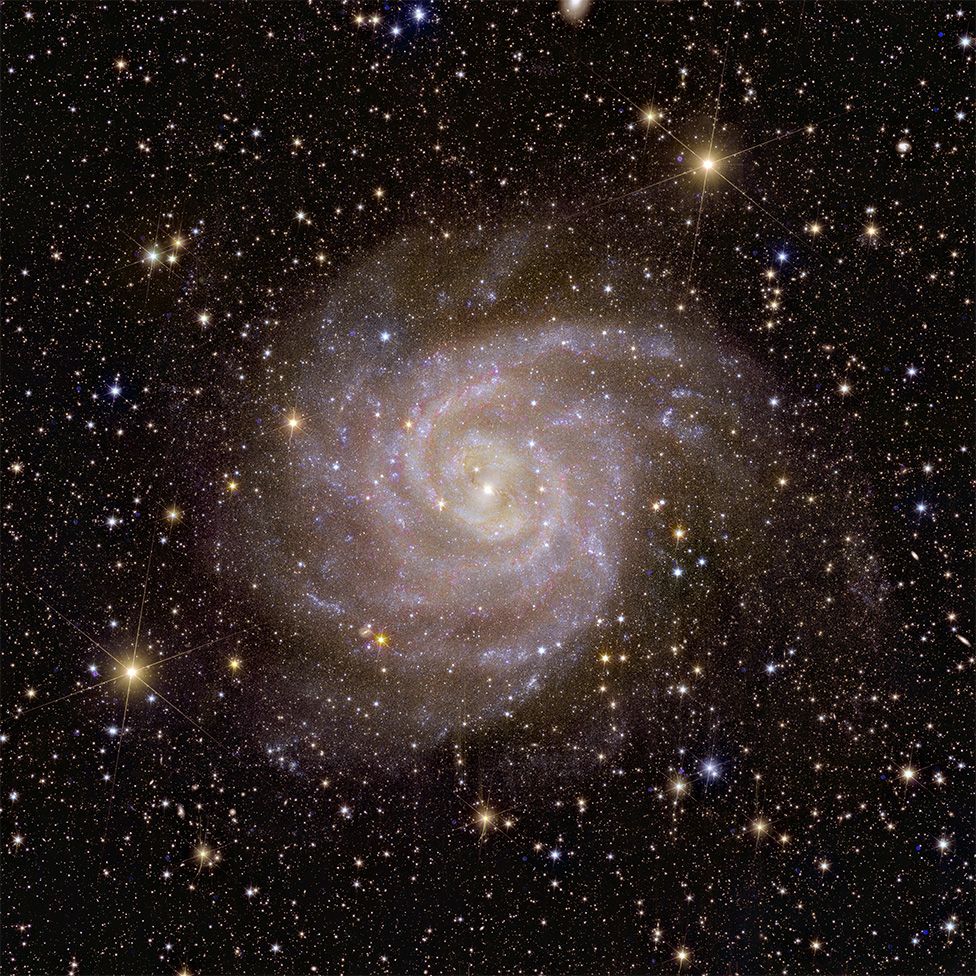
Over the next six years, Euclid will scan a third of the celestial heavens, striving to unravel the secrets of dark matter and dark energy, the elusive "influencers" that govern the Universe's structure and expansion. Despite accounting for a staggering 95% of the cosmos, these enigmatic entities remain shrouded in mystery, as they elude direct detection. Our only hope is to trace their subtle signals within the visible universe.
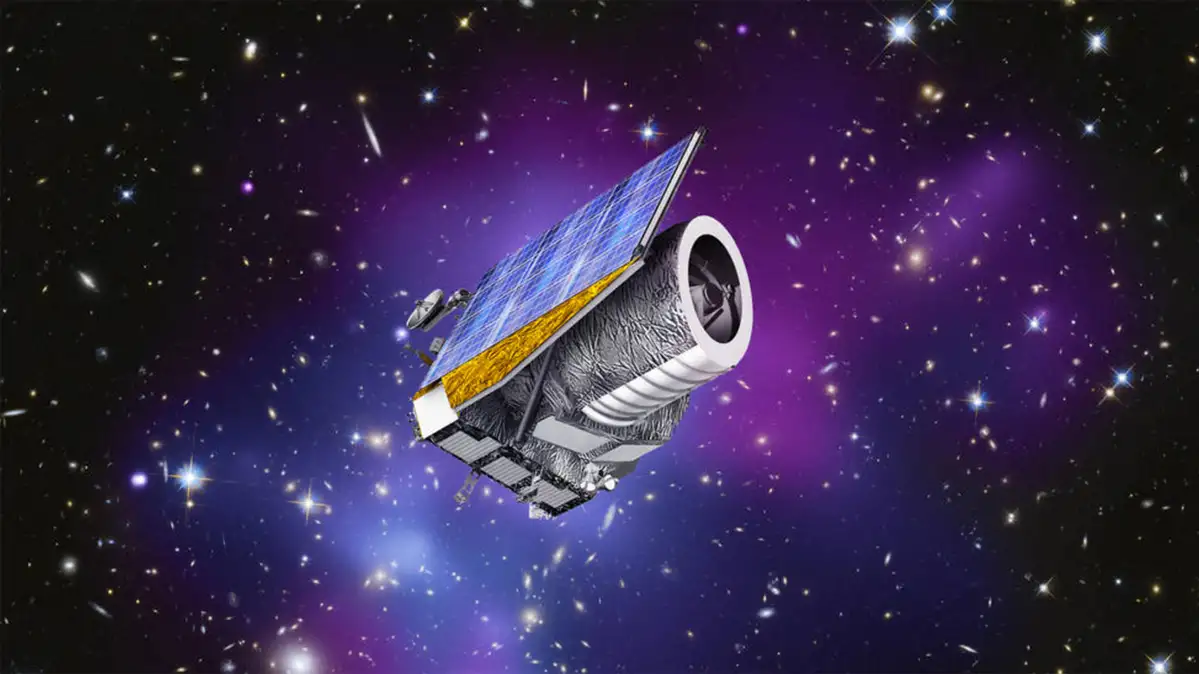
Euclid's mission is to meticulously observe the contours, distances, and movements of billions of galaxies, some of whose light has journeyed through the entire age of the Universe to reach us. It's within this colossal 3D cosmic map, the largest ever created, that scientists anticipate discovering the answers.
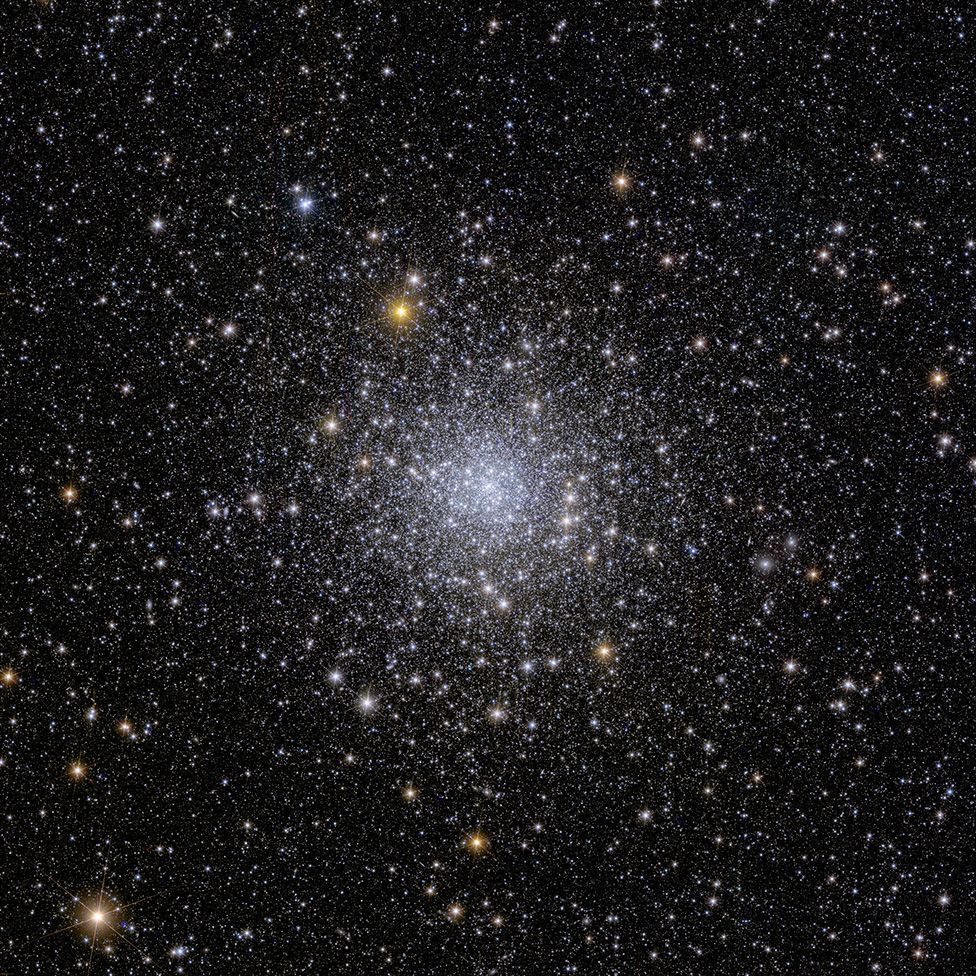
Horsehead Nebula:
Professor Carole Mundell, Director of Science at the European Space Agency (ESA), emphasizes the profound significance of Euclid's survey. "As humans, our insatiable curiosity drives us to understand the world around us. We've been doing this since ancient times when we gazed at the night sky, sketching constellations on cave walls or wondering if the Sun would return after winter. We're now faced with understanding 95% of a Universe that has existed for 13.8 billion years. In this brief moment as sentient beings, we may be the ones who unlock its mysteries."
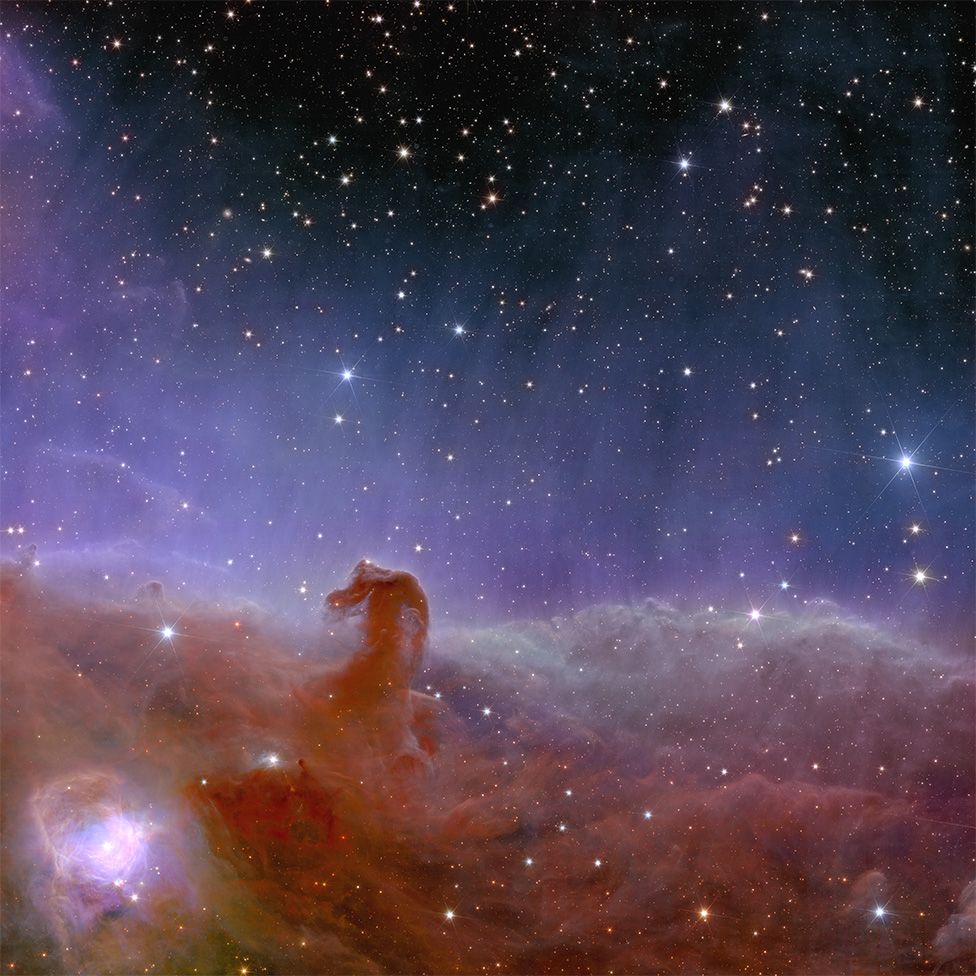
Dark matter and dark energy stand as monumental enigmas in contemporary astrophysics. The former may be an undetected particle, inferred from its gravitational influence on visible matter, preventing galaxies from drifting apart. The latter poses an entirely different challenge, perhaps originating from an energy source within the vacuum of space, actively driving galaxies apart at an ever-increasing pace, opposing the force of gravity.
Perseus Cluster:
The Euclid telescope, a €1.4 billion (£1.2 billion) endeavour, commenced its space journey in July, with engineers diligently fine-tuning its operations. Initial hiccups, like difficulty locking onto stars for stable imaging and stray light contamination, have been skillfully addressed. Euclid now stands poised to embark on its mission, as exemplified by the release of five captivating sample images.
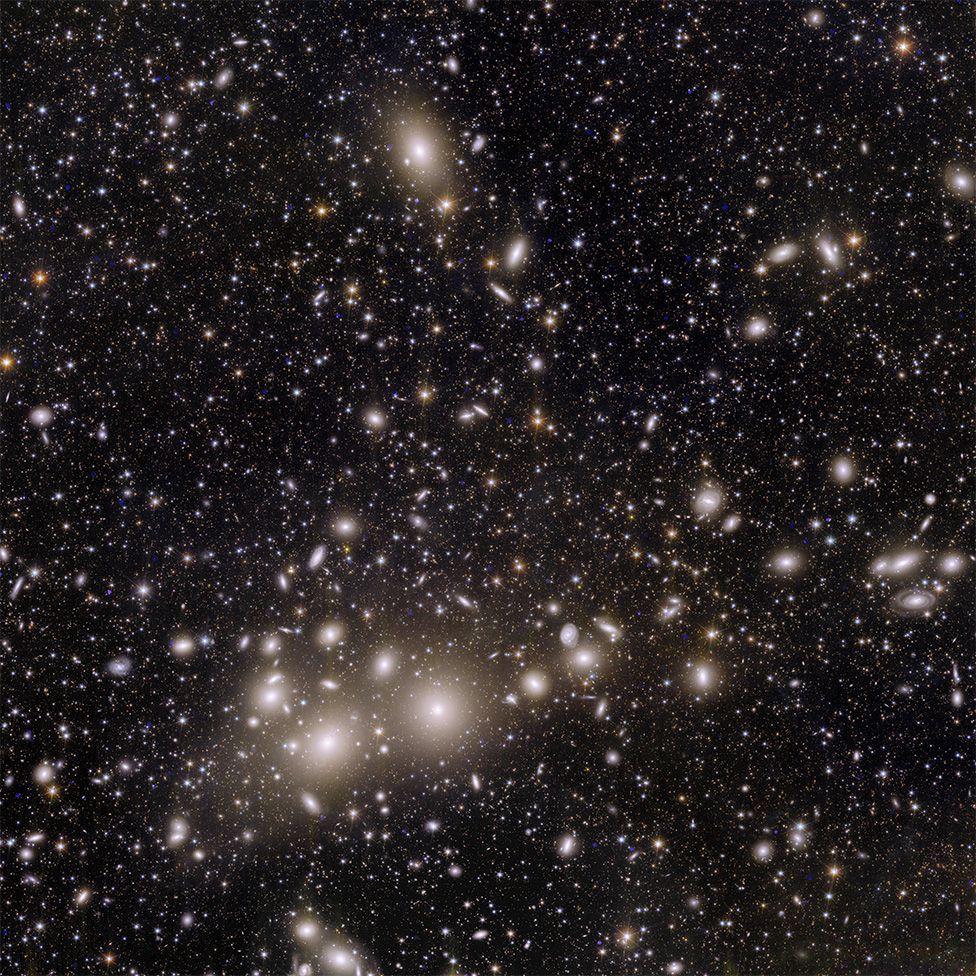
These high-resolution images have garnered praise from experts, like Professor Isobel Hook, who was part of the team that initially discovered the Universe's accelerating expansion. No other space telescope has possessed Euclid's unique combination of breadth, depth, and sharpness of vision.
While the James Webb telescope boasts superior resolution, it falls short in terms of sky coverage. According to Professor Mark McCaughrean, Esa's senior scientific advisor, Euclid's vast sky-spanning capability is vital for decoding the subtle signals of dark energy and dark matter, the core objectives of its mission.
© Copyright 2023. All Rights Reserved Powered by Vygr Media.

